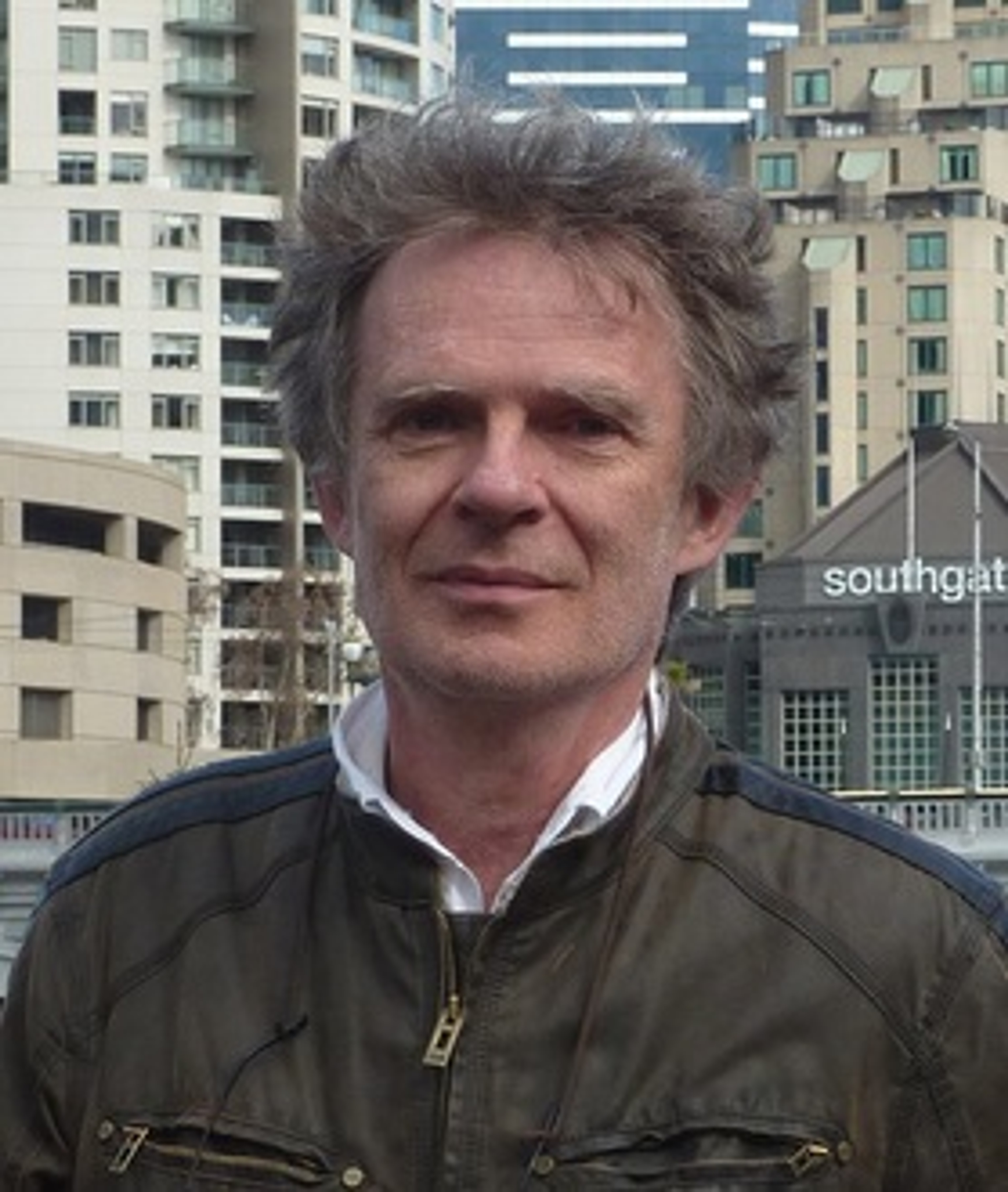Galen Strawson

Galen Strawson taught at Oxford University from 1979 to 2000 and was a Fellow of Jesus College, Oxford from 1987 to 2000. From 2001 to 2013 he was Professor of Philosophy at Reading University, and from 2004 to 2007 he was Distinguished Professor of Philosophy at the City University of New York Graduate Center. He currently holds the President’s Chair of Philosophy at the University of Texas at Austin.
He has held Visiting Professorships at New York University, Rutgers University, the Massachusetts Institute of Technology, Princeton University (Humanities Council Old Dominion Fellow), and the Ecole des hautes études en sciences sociales in Paris. He has held visiting research positions at the Research School of Social Sciences, Australian National University, Canberra, and the University of Copenhagen.
Strawson’s primary research interests include Metaphysics, Philosophy of Mind, Early Modern Philosophy, Kant, and Ethics. He has written in particular on free will, the self, consciousness, physicalism, causation, intentionality, narrative, Hume and Locke.
His books include Freedom and Belief (1986, revised edition 1991, new 2nd edition 2010); The Secret Connexion: Causation, Realism, and David Hume (Oxford: Clarendon Press 1989, revised paperback editions 1992, 1996, 2003, new 2nd edition 2014); Mental Reality (Cambridge, MA: MIT Press 1994, paperback edition 1996, Spanish translation 1997, new 2nd edition 2009), Selves: An Essay in Revisionary Metaphysics (2009, revised edition 2011); Locke on personal identity: Consciousness and Concernment (2011, 2nd edition 2014); and The Evident Connexion: Hume on personal identity (2011, 2nd edition 2014).
He is editor of The Self? (Oxford: Blackwell 2005), principal author of Consciousness and its Place in Nature (Imprint Academic 2006).
He has also published many articles in philosophy journals and collections. In addition to these scholarly articles, he has published essays and reviews in periodicals such as the Financial Times, The Guardian, The Observer, The Sunday Times, The Independent, theNew York Times Book Review , the London Review of Books , and the Times Literary Supplement . He has appeared on film, television, and radio.